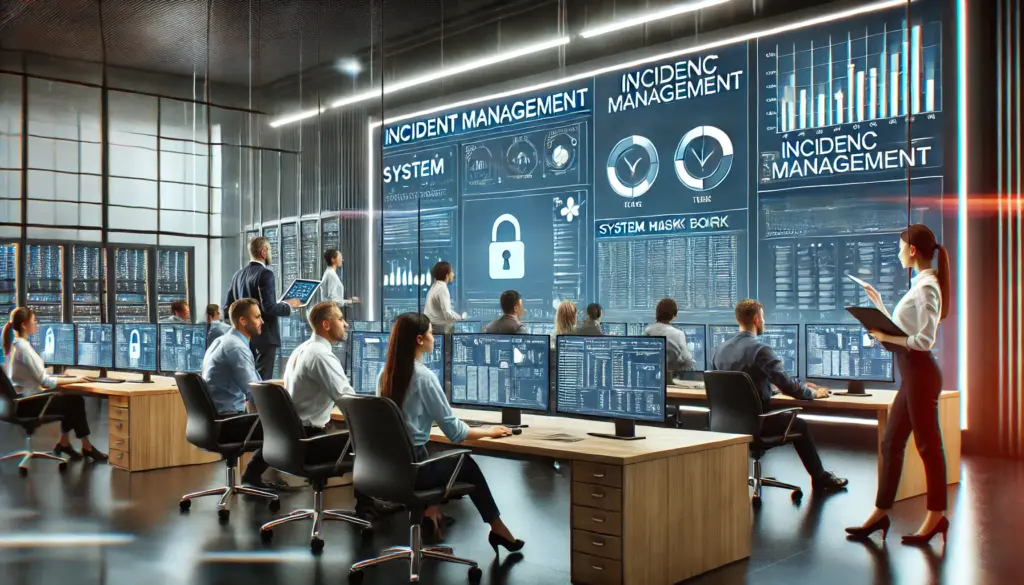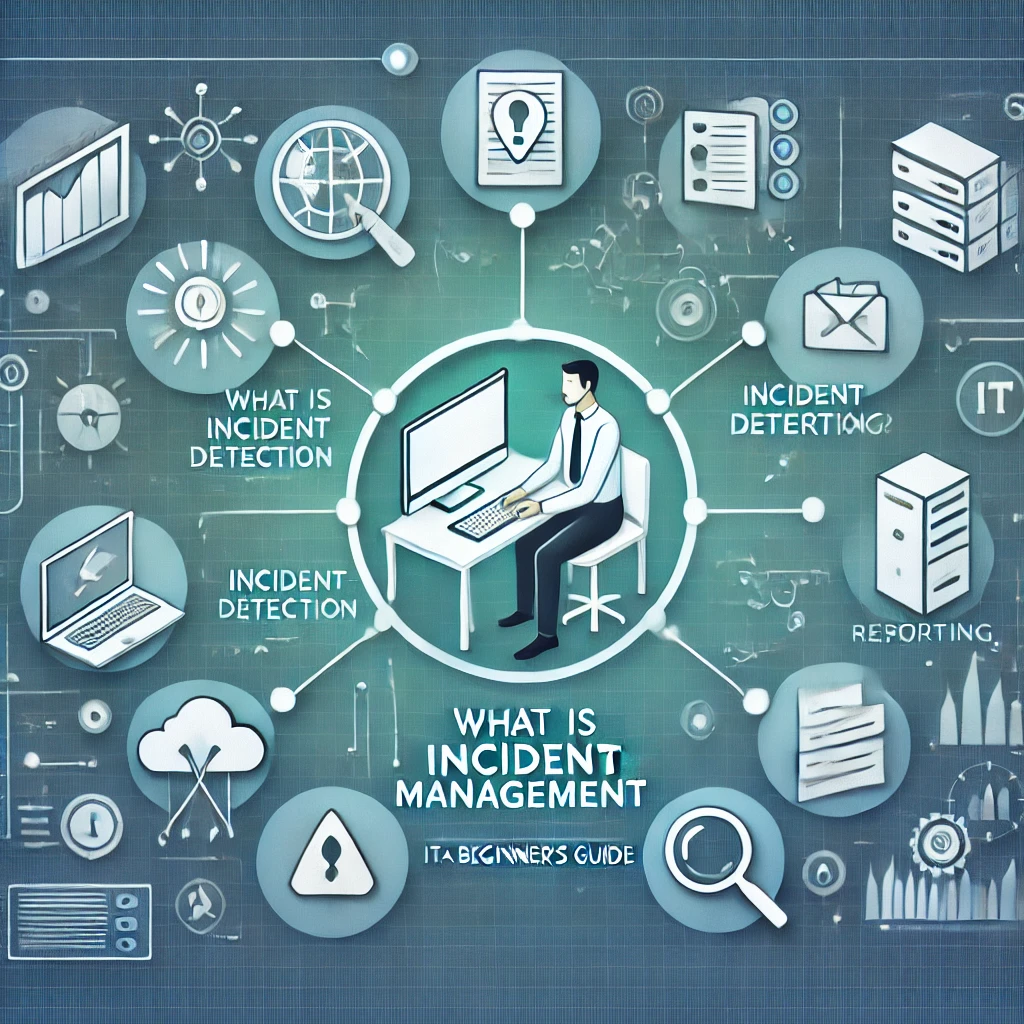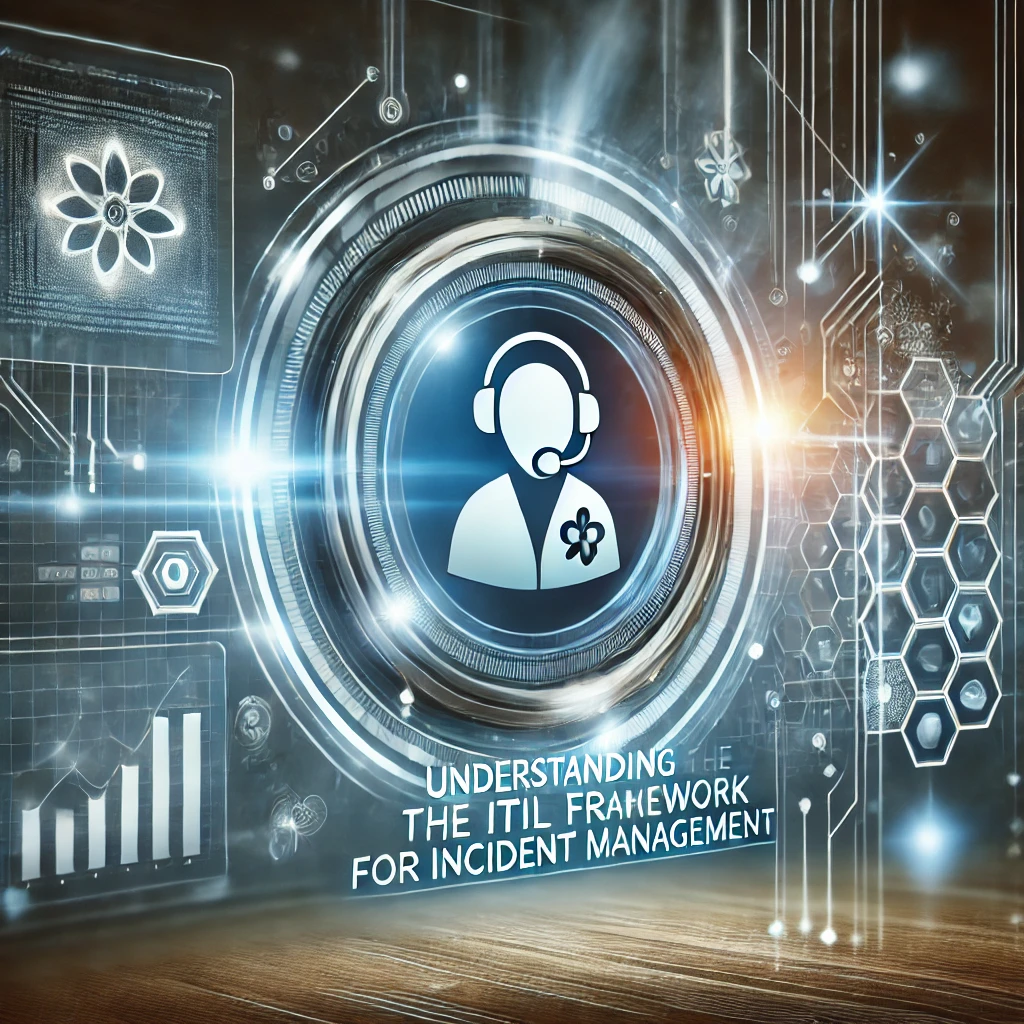🚀 How to Prioritize and Triage Incidents Effectively
🔍 Introduction
Incident prioritization plays a vital role in ensuring business continuity and maintaining the efficiency of IT service management. Without a well-structured triage system, teams may focus on minor issues while critical incidents remain unresolved, leading to prolonged downtime and significant business impact.
This guide covers:
- The definition and importance of incident triage and prioritization.
- Key factors in determining priority levels.
- Best practices for streamlining incident handling.
- Real-world examples to illustrate effective prioritization.

📌 What is Incident Prioritization and Triage?
Incident prioritization is the process of determining which incidents need to be addressed first based on their impact and urgency. Triage refers to the initial assessment, classification, and assignment of incidents to ensure a structured and efficient response.
The Key Factors for Prioritization
To correctly classify incidents, organizations rely on the following key factors:
- Impact – The extent to which the issue disrupts business operations. Does it affect a single user, an entire department, or the entire organization?
- Urgency – How quickly the issue needs resolution to prevent further disruption.
- Business Criticality – Whether the incident affects essential services, revenue-generating functions, or compliance-related operations.
- Security and Compliance Risks – Whether the issue poses security vulnerabilities or violates regulatory requirements.
🎯 Incident Priority Levels and How to Classify Them
Organizations typically categorize incidents into five priority levels, ensuring a structured approach to resolution:
1️⃣ Critical (P1) – Business-Critical Outage
- Example: Company-wide network outage, major security breach, or payment system failure.
- Response Time: Immediate action required within minutes.
- Action: Emergency response initiated, top-level engineers and incident managers engaged, cross-functional collaboration activated.
2️⃣ High (P2) – Major Service Degradation
- Example: Key internal application failure, database unresponsiveness, high server load.
- Response Time: Within 30 minutes to 1 hour.
- Action: Senior engineers assigned, workaround strategies implemented, escalation triggered if necessary.
3️⃣ Medium (P3) – Non-Urgent Functionality Issues
- Example: Minor software bug, intermittent service disruptions, low-priority system alerts.
- Response Time: 2-4 hours.
- Action: Logged for investigation, assigned to appropriate teams, resolved based on workload.
4️⃣ Low (P4) – Cosmetic or Minor Issues
- Example: UI inconsistencies, incorrect labels, minor latency in non-critical applications.
- Response Time: Within 24 hours.
- Action: Resolved during standard business hours, included in regular updates.
5️⃣ Informational (P5) – General Inquiries
- Example: Requests for documentation, general troubleshooting inquiries.
- Response Time: As per organizational guidelines.
- Action: Addressed based on agent availability, documented for future reference.
🏆 Best Practices for Effective Incident Triage and Prioritization
📊 1. Implement an Incident Management Framework
Frameworks such as ITIL (Information Technology Infrastructure Library) provide standardized methodologies for incident prioritization, ensuring consistency across teams. Implementing ITIL guidelines enables:
- A systematic approach to priority classification.
- Defined escalation policies to handle critical incidents.
- Effective collaboration and role-based responsibilities.
🛑 2. Develop an Escalation Matrix
An escalation matrix outlines the chain of command for different incident severity levels. A well-structured escalation system ensures:
- Incidents are promptly routed to the right personnel.
- Each priority level has predefined resolution timelines.
- High-priority incidents trigger automated alerts and notifications.
🔄 3. Automate Incident Categorization and Prioritization
Leverage automation tools like ServiceNow, Freshdesk, Jira, and Splunk to:
- Reduce manual classification errors.
- Prioritize incidents based on predefined rules.
- Trigger automated workflows for faster resolution.
📞 4. Ensure Clear Communication and Transparency
Efficient incident management requires seamless communication across teams and stakeholders. Use:
- Slack/Microsoft Teams: For real-time collaboration and instant updates.
- Email Notifications: For structured reporting and escalation updates.
- Incident Dashboards: To provide visibility into active incidents and response progress.
📜 5. Conduct Regular Postmortems for Continuous Improvement
Postmortem analysis helps identify gaps in the incident management process. After a major incident, review:
- Root cause analysis (RCA) reports to prevent recurrence.
- Incident response timelines to optimize efficiency.
- Lessons learned to improve future prioritization and resolution strategies.
🚀 Conclusion
Proper incident prioritization and triaging ensure that business-critical issues receive immediate attention while optimizing IT resources. By adopting a structured incident management framework, leveraging automation, and maintaining transparent communication, IT teams can significantly reduce downtime and enhance overall service reliability.
🚀 Learn More:
📌 How does your organization handle incident prioritization? Share your insights in the comments!




